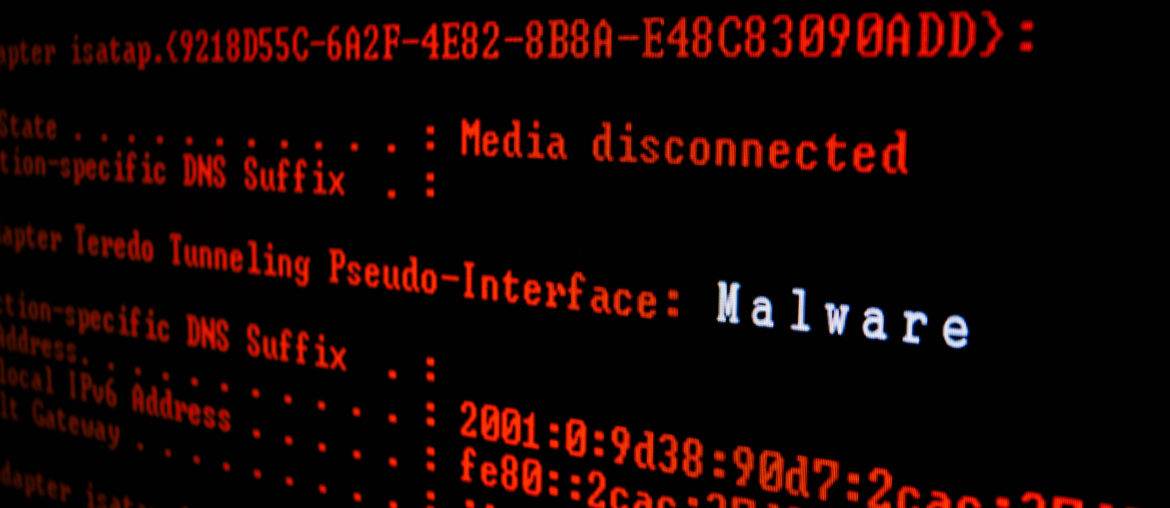One of the most challenging aspects of firmware malware is how difficult it is to detect. Security attacks from firmware malware can bypass many protective anti-malware tools. This is done by hackers who embed malware within the firmware of your device, circumventing any enabled security measures. As a result, cybercriminals can exploit the weaknesses in a Basic Input/Output System (BIOS) in many devices. Prioritizing firmware security has become one of the most important aspects of ensuring your system’s safety.
To better protect your system from potential attacks by malware embedded in your firmware, it’s important to learn what hackers can do once they are in your system and how you can prevent them from doing any damage to your device.
What is Firmware?
Each computer utilizes firmware as a basic foundation for how the system works and operates. Firmware is a type of software that serves to help the software on your computer communicate with the hardware. Most importantly, firmware assists in initiating protocols that are necessary for your system to function.
The BIOS, for example, assists the computer in booting up standard protocols and initializing integral aspects of the hardware that allow essential parts of the system to function. Firmware helps a system load the operating system, as well. There is no way to delete firmware due to how important it is to the functionality of a system.
In short: firmware is a vital part of your computer, whether you are on a PC or a Mac device, and any potential threats made against it can put your system at risk for a serious attack.

What is Malware?
If you are familiar with the idea of an infected computer, then you may already know that malware is an intrusive piece of software designed to damage any system it encounters. The name “malware” comes from the term “malicious software.” Not only can malware infect your computer, but it can also spread to other devices on your network.
As opposed to a “bug,” which is an unintentionally harmful deficiency in a system, malware is always created with ill-intent. Malware can introduce threats to your software security and even prevent you from accessing private information such as login credentials, private data, and banking information. This can be especially damaging for businesses. Reports show that 34% of companies who experience a malware attack needed a week or more to regain access to their systems and their data.
Many different types of malware can pose a threat to your security, including:
- Trojan horses
- Ransomware
- Bots/Botnets
- Keyloggers
- Viruses
- Worms
- Adware
- Spyware
Detecting malware can be difficult in many cases. This is especially true of viruses, which operate and replicate without the user being aware of any malicious action taking place. This is one of the many reasons that firmware malware poses such a threat.

Why is Firmware Malware Dangerous?
When the firmware is compromised, the malware that infects it can control and manipulate any software installed on a system. Firmware malware can disrupt a computer’s ability to boot up entirely, forcing many infected users to complete a total firmware upgrade or, as a last resort, upgrade and replace hardware entirely.
Oftentimes, firmware is not designed with security in mind. This vulnerability makes it easy for firmware malware to take advantage of the system by embedding malicious code into the code of the firmware. This also makes it more difficult to remove. Once the malware has infected the firmware of a system, it can pose a variety of dangerous threats.
One of the most common consequences of firmware malware is that it can “brick” a machine. This means that the system is rendered useless and completely inoperable. Before malware entirely corrupts and destroys a system, it can also allow hackers to take remote control of the device. This allows cybercriminals to extract important private data or spy on the activity of a system’s users.

How Can I Protect My System Against Firmware Security Threats?
As developments in technology begin to address the necessity of protecting firmware against possible attacks, there is still a general need for increased security to prevent malware attacks. This means that users need to take their security into their own hands.
The key to ensuring that your system is not compromised by firmware malware is to practice preventative security measures. This means more than just avoiding suspicious software. Maintaining firmware updates and keeping an eye out for patches can also help to mitigate firmware malware. Purchasing hardware with built-in protection is a great way to increase security. However, it does little to help those who already have hardware that could potentially be at risk.
Obtaining a robust VPN is one way to regulate security on your system and protect your network from malware attacks. The software behind PrivadoVPN is created with modern protection protocols in mind. This gives users a better chance to fend off any threats from malicious cybercriminals or hackers who may be looking to take advantage of a system with weakened safety features.
With a dedicated and top-of-the-line VPN installed, you can ensure that you are moving one step closer to total security protection for your system, and your network, against firmware malware attacks.
Download PrivadoVPN
Protect your privacy with a world-class VPN. Sign up for premium access to PrivadoVPN and get unlimited monthly data, access to 300+ servers from around the world, and up to 10 simultaneous connections. Get a top-rated VPN that can secure your privacy at home, at work, or on the go.
Sign up for PrivadoVPN today!




